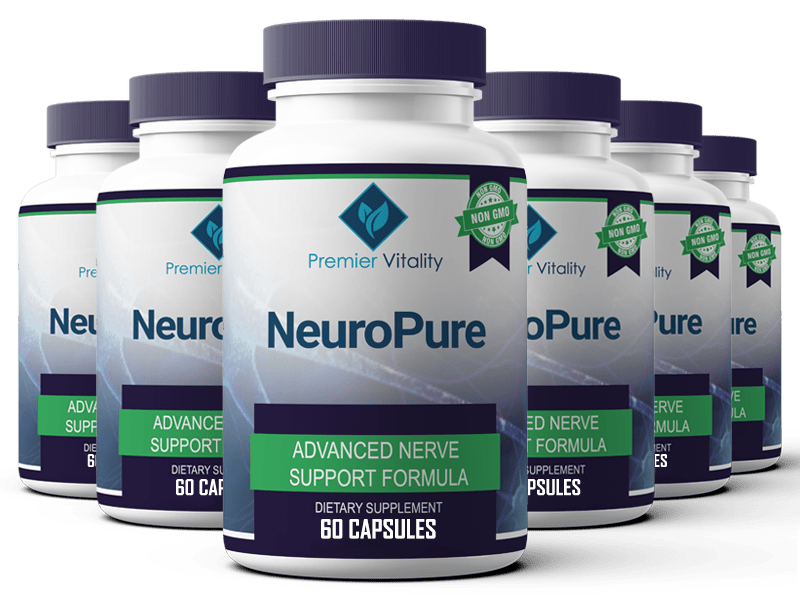What Is the Vagus Nerve:
The vagus nerve, sometimes referred to as the "wandering nerve," is an essential part of the autonomic nervous system and is responsible for controlling a number of body processes. Comprehending the functioning of the vagus nerve and investigating methods to activate it might yield significant impacts on an individual's physical and psychological welfare. This post will examine the roles played by the vagus nerve as well as ways to stimulate it.
The Role of the Vagus Nerve:
The vagus nerve, which runs from the brainstem to the heart, lungs, digestive system, and other organs, is the longest of the cranial nerves. Being the cause of the "rest and digest" stress response, which balances the "fight or flight" stress response, it is an important component of the parasympathetic nervous system.
Heart Rate Regulation: The heart's natural pacemaker, the sinoatrial node, is influenced by the vagus nerve, which aids in heart rate regulation. Elevated vagal activity reduces heart rate and induces feelings of relaxation and tranquility.
Control of the Digestive System: This nerve plays a key role in the digestion process by encouraging the release of digestive enzymes and stomach acid as well as by enabling the smooth contraction of the gastrointestinal muscles. Sufficient vagal activity is essential for the best possible digestion.
Lowering Inflammation: The vagus nerve contributes to the regulation of inflammation all across the body. There may be advantages for illnesses linked to chronic inflammation because stimulation of the vagus nerve has been associated with a decrease in inflammatory responses.
Mood Regulation: The vagus nerve is connected to brain areas that affect emotional health and mood. Better mental health, stress resilience, and a lower incidence of mood disorders are linked to optimal vagal tone.
Enhancing Vagus Nerve Stimulation:
The potential health benefits of increasing vagal tone through different approaches are becoming more widely recognized. The following are some techniques to activate the vagus nerve:
Deep Breathing Exercises: By activating the vagus nerve, deep breathing exercises help to promote calm. Certain methods, like diaphragmatic breathing, can be very useful for activating the vagus nerve.
Meditation and mindfulness: It has been demonstrated that engaging in mindfulness and meditation practices increases vagal activation. Techniques for meditation and mindful breathing have been shown to have a good effect on mental and physical health.
Cold Exposure: Studies have shown that exposure to cold, such as taking a cold shower or submerging oneself in cold water, increases vagal tone. The vagus nerve is partially activated by the body's reaction to cold.
Gargling: It may surprise you to learn that even easy exercises like gargling with cold water can stimulate the vagus nerve. This action's muscles are linked to the vagus nerve, making it a simple and rapid stimulation method.
Social Connection: Vagal tone can be favorably impacted by positive social interactions and connections. The vagus nerve is generally healthy when one expresses kindness, has strong social bonds, and engages in meaningful connections with others.
In summary:
Being aware of the vagus nerve's significance and using techniques to activate it can greatly improve general wellbeing. By implementing these methods into daily life, one may improve mental and emotional clarity as well as physical health. As usual, seeking the advice of medical experts can offer specific recommendations for integrating vagus nerve stimulation into your wellness regimen.



No comments:
Post a Comment